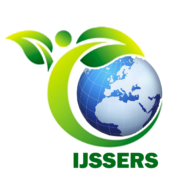The Effect of Price, Promotion, Security and Service on Pharmacy Product Purchase Decisions at Conventional & Online Drugstore with Product Variation as Moderation
This study aims to determine the effect of price, promotion, security and service on purchasing decisions for pharmaceutical products at conventional drugstore and online drugstore with product variation as a moderation. The research sample of 200 respondents was determined using purposive sampling technique. Data were obtained from filling out a questionnaire with a Likert scale measurement that had been tested for validity and reliability. Data analysis used SEM PLS. The results showed that price and service had a significant positive effect on purchasing decisions at conventional and online drugstore. Promotion and security had no significant effect on purchasing decisions at conventional and online drugstore. Product variation did not moderate the relationship between price, promotion and purchasing decisions at conventional and online drugstore, product variation did not moderate the relationship between security and purchasing decisions at conventional drugstore, but moderated the relationship between service and purchasing decisions. In online drugstore, product variation moderated the relationship between security and purchasing decisions, but did not moderate the relationship between service and purchasing decisions. It is a serious concern for prices and services for conventional and online drugstore as a basis for consumer decision making, on the other hand, the promotion and security aspects need to find the right model so that they also have a positive impact and product variations can be considered as a differentiator from the goods offered.

